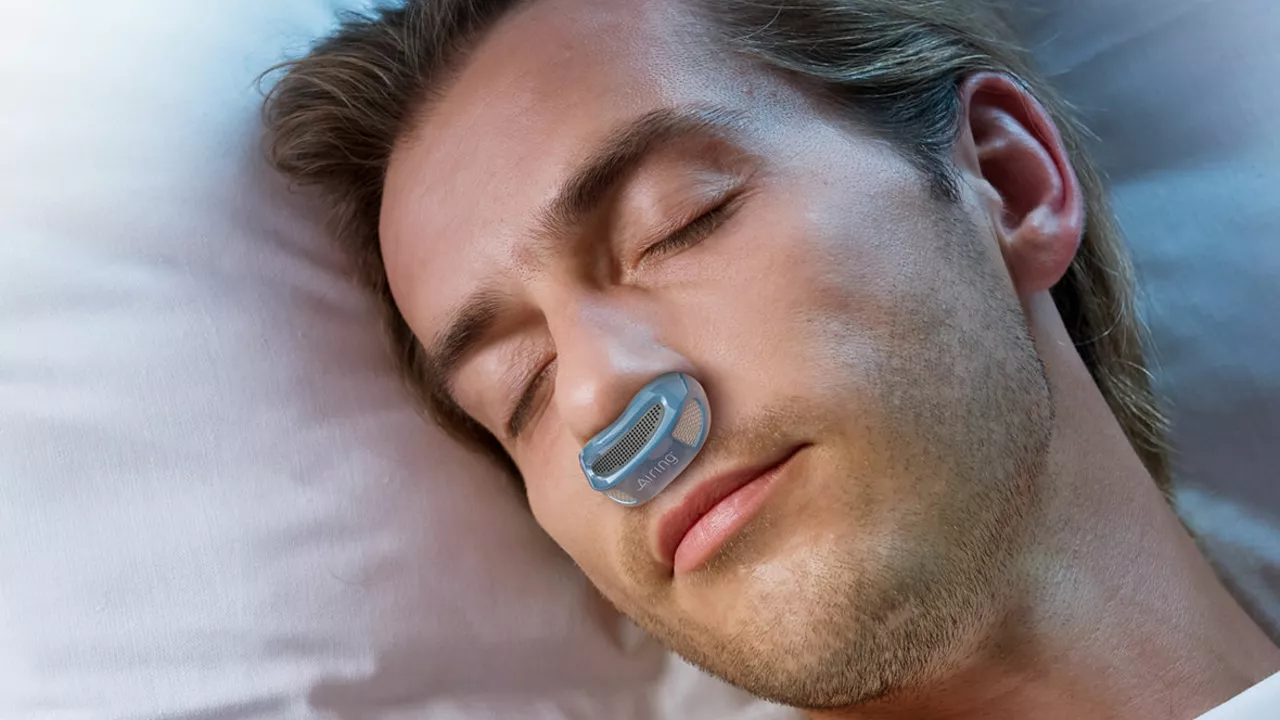SEARCH
Sleep Apnea: What It Is and Why It Matters
If you’ve ever been told you snore loudly or feel exhausted after a full night’s sleep, chances are you’ve heard about sleep apnea. It’s a condition where breathing stops or becomes very shallow while you’re asleep. Those pauses can last a few seconds to minutes and may happen dozens of times an hour. The result? Poor oxygen flow, fragmented sleep, and a tired feeling that follows you into the day.
Most people think it only affects heavy‑set men, but women, younger adults and even kids can have it too. The key is to notice the patterns: loud snoring, choking or gasping sounds during the night, and waking up with a dry mouth. If you find yourself nodding off while reading or driving, that’s another red flag.
How to Spot Sleep Apnea
Spotting sleep apnea starts with listening to your body and those around you. Ask a partner if they hear you stop breathing or notice irregular pauses. Keep a simple sleep diary: note the time you go to bed, how many times you wake up, and any morning headaches.
Common symptoms include:
- Persistent loud snoring
- Gasping or choking sensations at night
- Morning headache or sore throat
- Daytime sleepiness, even after a full night in bed
- Difficulty concentrating or memory lapses
If you tick several of these boxes, it’s worth talking to a doctor. A sleep study (often done at home with a portable device) can confirm whether you have obstructive sleep apnea, central sleep apnea, or a mix of both.
Treating and Managing Sleep Apnea
Once diagnosed, there are several ways to get relief. The most common treatment is CPAP – a mask that pushes air into your airway to keep it open. Some find the mask uncomfortable at first, but modern devices are quieter and lighter than older models.
If you can’t tolerate CPAP, consider an oral appliance. These look like mouthguards and shift the jaw forward, widening the throat passage. For those with structural issues, surgery may be an option to remove excess tissue or reposition the jaw.
Lifestyle tweaks also play a big role. Losing weight, even just 10 % of body mass, can reduce airway blockage. Avoid alcohol and sedatives before bedtime; they relax throat muscles and worsen pauses. Sleeping on your side instead of your back helps keep the airway open for many people.
Finally, create a sleep‑friendly environment: keep the room cool, dark, and free from screens an hour before bed. Consistent bedtime routines signal your body to wind down, making it easier to stay in deeper, more restorative sleep stages.
Sleep apnea doesn’t have to control your life. With the right diagnosis, a mix of device therapy or oral appliances, and simple daily habits, you can breathe easy again and wake up feeling refreshed.

Sleep Apnea: A Serious Breathing Disorder That Affects Millions
Hey folks! Let's talk about that pesky night-time nuisance, Sleep Apnea - sounds cool, right? But, it's a serious breathing disorder affecting millions worldwide. Imagine a band playing a breath-snatching tune in your sleep, not so cool now, huh? It's like your body decides to play 'freeze tag' with your breath, and trust me, it's no child's play. But chin up! Let's grab this bull by the horns and learn more about it, because knowledge is power, my friends!
Continue reading